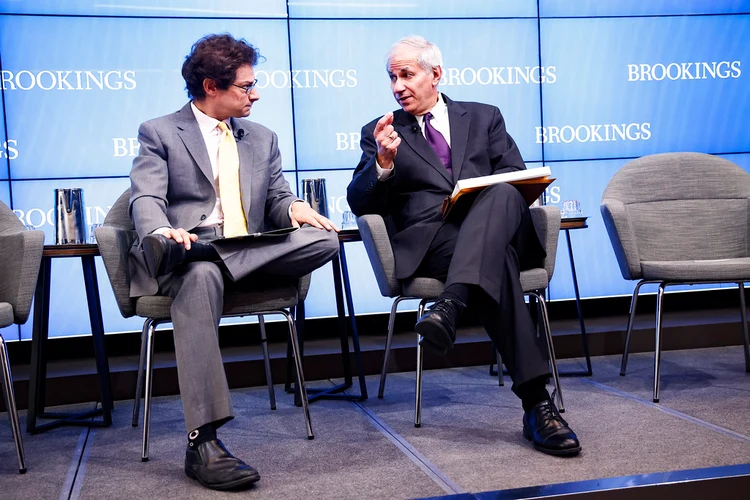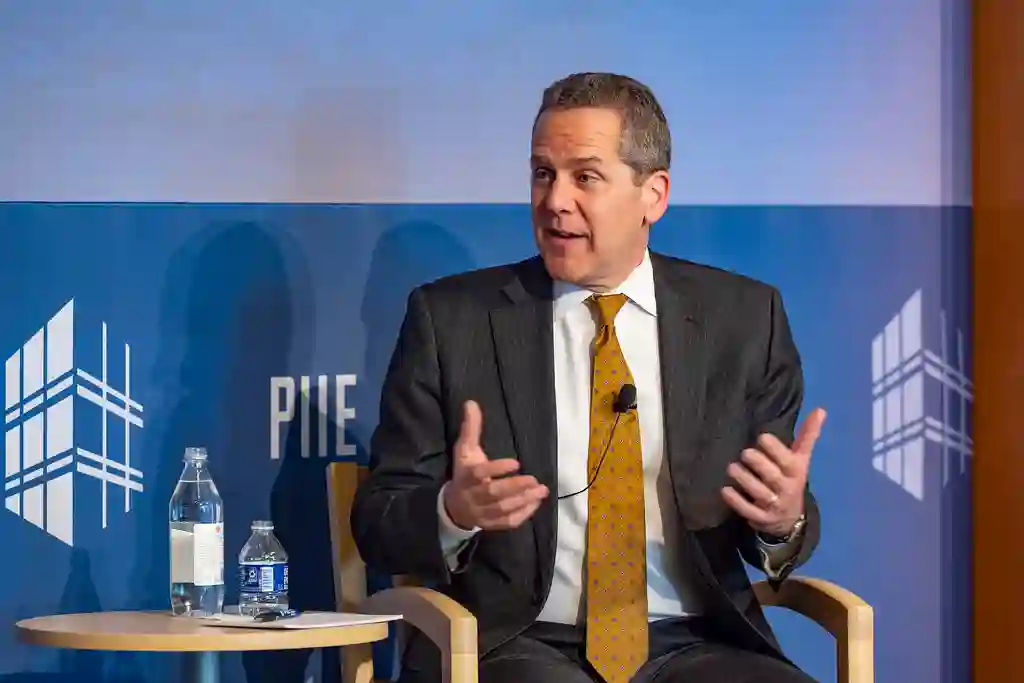A top Fed official said Tuesday that the Federal Reserve’s bank supervisors warned Silicon Valley Bank’s managers as early as the autumn of 2021 about risks caused by the bank’s unusual business plan. However, the bank’s managers did not take the steps needed to fix the problems.
Michael Barr, who works for the Fed and is the country’s top bank regulator, said at a Senate Banking Committee meeting that the Fed is thinking about whether stronger rules for banks are needed to stop a similar bank failure from happening again.
“The bank got a very low rating from the people in charge,” Barr said. “At the level of the holding company, it was rated deficient, which also shows that it is not well-run.”
Barr’s timeline for when the Fed told the management of Silicon Valley Bank about the risks it faced is earlier than what the central bank has said before about when the bank was on its sights.
Tuesday’s hearing is the first official investigation by Congress into the failures of Silicon Valley Bank on March 10 and Signature Bank in New York, which followed. These were the second- and third-largest bank failures in U.S. history, respectively.

The failures caused financial tremors in the U.S. and Europe, which led the Fed and other government agencies to back all deposits at the two banks, even though nearly 90% of deposits at both banks were more than the $250,000 insurance level. The Fed also set up a new loan programme to make it easier for banks to get cash if they need it.
Late on Sunday, the Federal Deposit Insurance Corp. said that fixing the two banks, which would include paying back customers, would cost its insurance fund $20 billion, the most it has ever lost because of a single event. The FDIC hopes to get those funds back by putting a tax on all banks, which will probably be paid for by consumers.
Sen. Sherrod Brown, a Democrat from Ohio who leads the committee, said that the failure of Silicon Valley Bank and the government’s rescue of its depositors, which included rich venture capitalists and big tech companies, had caused “justified anger” among many Americans.
Brown said, “I understand why a lot of Americans are angry, even disgusted, about how quickly the government moved when a group of wealthy people in California asked for it.”
The amount of money in Silicon Valley grew quickly, and most of it was in the high-tech sector. This made it very sensitive to a downturn in a single industry. It had used those funds to buy long-term Treasury bonds and other bonds.
As interest rates went up, the value of those bonds went down. When the bank had to sell those bonds to pay back savers as they took money out, it took big losses and couldn’t pay back all of its customers.
Barr said that the Fed will look at what happened in Silicon Valley to decide if tighter rules are needed and if supervisors have the tools they need to follow up on their warnings. The Fed will also think about whether there should be stricter rules about liquidity (how easy it is for the bank to get cash) and capital standards (how much money the bank has to hold).
“A review will be done to see if the supervisors gave enough warnings and if they had enough tools to escalate,” Barr said. “I expect that capital and liquidity standards will need to be tightened for firms with more than $100 billion,” which would have included SVB.
Fed Chair Jerome Powell has said that he will back any changes to regulations that Barr wants to make.
Before the banks failed in September of last year, Barr said he was doing a “holistic review” of the government’s cash needs. He hinted that he might agree with making these rules stricter, which made the banking business and Republican senators upset.
Barr also said in his prepared remarks that the Fed will look into whether or not a law passed in 2018 that made bank rules less strict may have also added to the financial turmoil.
Barr said, “SVB’s failure is a textbook example of bad management.”

Martin Gruenberg, who is in charge of the FDIC, and Nellie Liang, who is in charge of domestic finance at the Treasury, also spoke Tuesday. All three will talk to a House committee on Wednesday.
Gruenberg said that the FDIC, which insures bank savings, along with the Fed and the Treasury, took steps to protect the depositors of the two banks to stop a wider “bank run,” in which customers quickly pull out their money, which can cause even healthy banks to fail.
Gruenberg said, “I think it would have spread, and I think we would be in a worse situation today.”
Gruenberg testified that the 10 biggest savers at Silicon Valley had a total of $13.3 billion in their accounts. That is a huge number that shows how wealthy many of SVB’s customers were. For example, the streaming video business Roku had an SVB account with about $500 million in it.
Democratic senators said that some of the mistakes were caused by the loosening of stricter bank rules in 2018. These rules were put in place by the 2010 Dodd-Frank law.
The 2018 law said that banks with between $100 billion and $250 billion in assets, which is the size of Silicon Valley, didn’t have to keep enough cash on hand to cover 30 days of withdrawals. It also meant that banks of that size were tested less often with so-called “stress tests,” which tried to see how they would do in a deep recession or a financial breakdown.
Simon Johnson, an economist at the Massachusetts Institute of Technology who co-wrote a book about the 2008-2009 financial crisis, said that he thought the 2018 regulatory rollback “contributed to a big relaxation of supervision and fed into this lackadaisical attitude around Silicon Valley Bank.”
But Steven Kelly, a senior research associate at the Yale programme on financial stability, said that Silicon Valley Bank’s business plan was so bad that requiring it to hold more cash wouldn’t have helped it survive the fast bank run that brought it down. On Thursday, March 9, customers took out $42 billion, or 20% of its assets, in a single day. Many of them did this quickly using smart phones.
Kelly said, “You’ll never be able to write liquidity rules that are strict enough to stop that from happening when there’s a run on a bank that doesn’t make money to begin with.”
Groups that want stricter financial rules have been very harsh on the Fed for not being able to keep an eye on Silicon Valley Bank well enough and stop it from going bankrupt. Barr is expected to face tough questions from members of both parties.
Barr says in his prepared statement that Fed staffers told the central bank’s board of governors as recently as mid-February 2023 that rising rates were putting some banks’ finances at risk and that Silicon Valley Bank in particular was taking a lot of risks.
“But, as it turned out,” Barr says, “it wasn’t until the unexpected bank run on March 9 that the bank’s true weakness became clear.”


